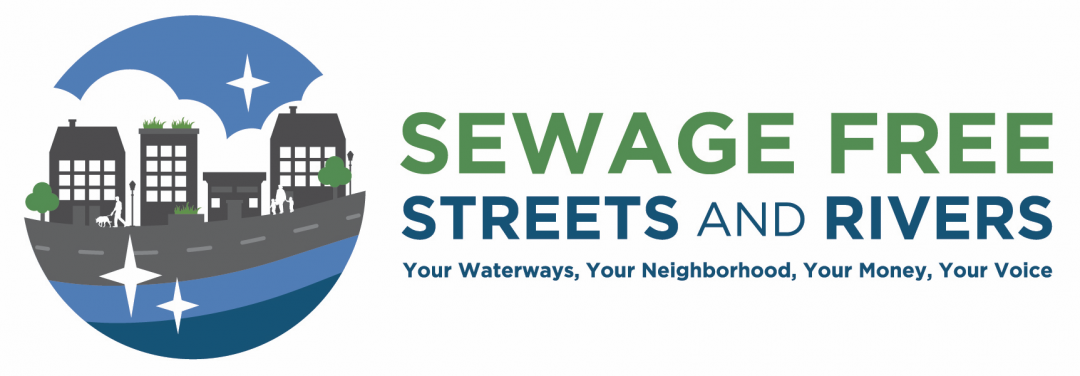All of the Evaluation of Alternatives reports will soon be made public. On July 1, 2019, the Development and Evaluation of Alternatives reports are due to the NJDEP and will be posted online.
Although this is not the final selection of solutions to combined sewer overflows, this report will provide an idea of the directions the CSO plans are taking, including, for example, how much green or gray is your city considering and how much it will cost. The report includes an evaluation of each of the seven technologies required for review in the permit and more. Each of the alternatives are evaluated based on meeting water quality and CSO reduction goals. Recommendations on which alternatives and/or combination of alternatives will also be included.
What is the NJDEP looking for?
The NJDEP will begin a review of the reports once they are submitted on July 1, 2019. The NJDEP will be looking to make sure each of the 7 alternatives were considered and that the reports present a few options or combination of options. They will also be looking at how public input was taken into consideration.
What happens next?
Once the NJDEP has reviewed the reports, permit holders will receive comments. These comments will be extremely important as permit holders go on to develop the final Long Term Control Plan. Members of the public can, and should, also send comments to the NJDEP while the reports are being reviewed.
What can you do now?
Over the last few months, Supplemental CSO Team members and some members of the public have seen draft reports and presentations on their evaluation of alternatives. If you were not able to attend these meetings, ask the utility or municipality who owns the combined sewer outfalls to share the evaluation of alternatives presentations or reports. Use the CSO Directory to find your CSO contact.

